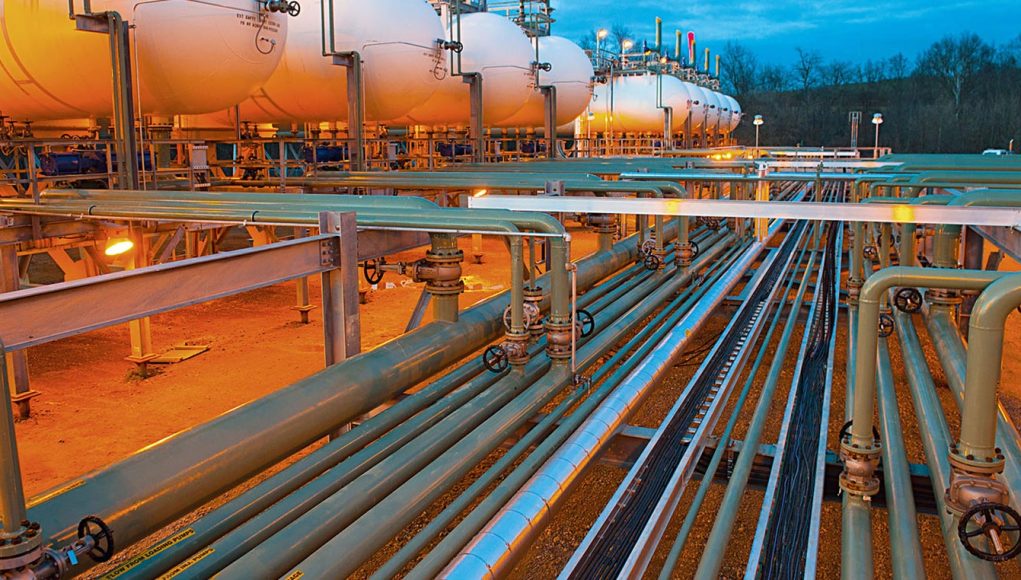Natural gas is a key player in the global energy market, widely used for electricity generation, heating, and industrial processes. As a relatively clean-burning fossil fuel, it has become a preferred energy source for both developed and developing economies. However, like all commodities, natural gas prices are volatile, fluctuating based on a variety of factors including supply and demand dynamics, geopolitical events, weather conditions, and market speculation. These fluctuations can have a significant impact on energy-dependent industries, influencing their operational costs, profitability, and market competitiveness.
In this blog, we’ll explore the key factors driving natural gas prices, the industries most affected by these price changes, and the long-term implications of price volatility on the energy sector.
What Drives Natural Gas Prices?
The price of natural gas is influenced by several key factors, including:
- Supply and Demand The balance between supply and demand is the most direct factor affecting natural gas prices. An oversupply can drive prices down, while a shortage of supply or increased demand can lead to price hikes. For example, during winter months when demand for heating rises, prices tend to increase. On the other hand, a mild winter or a sudden increase in production from major suppliers like the United States can push prices lower.
- Geopolitical Events Natural gas is an international commodity, and geopolitical tensions can heavily influence its price. For instance, conflicts or sanctions in major gas-producing regions such as Russia, the Middle East, or parts of Africa can disrupt global supply chains and lead to price spikes. Similarly, any disruption in key transit routes (like pipelines) can create uncertainty in the market and drive up prices.
- Global Market Trends Natural gas is traded on global markets, meaning that price fluctuations in one region can affect prices worldwide. For example, a surge in demand from Asia can lead to higher prices in Europe and North America. Additionally, the shift toward renewable energy sources and the potential for natural gas to be phased out in favor of cleaner alternatives can also impact long-term pricing trends.
- Weather Conditions Weather patterns play a critical role in shaping natural gas demand. Extreme weather events, such as heatwaves in the summer or cold snaps in the winter, can dramatically increase the need for natural gas to fuel air conditioning or heating systems. Conversely, a mild season can lower demand, leading to price reductions.
- Energy Transition As more countries commit to reducing their carbon footprints, the push for renewable energy sources has intensified. While natural gas is considered cleaner than coal and oil, it still contributes to greenhouse gas emissions. The energy transition to renewables, coupled with the introduction of carbon taxes or stricter emissions regulations, may influence the demand and pricing for natural gas.
The Impact of Natural Gas Price Fluctuations on Energy-Dependent Industries
The volatility of natural gas prices has significant implications for energy-dependent industries, where gas constitutes a substantial portion of operational costs. Here are some industries that are most affected by these fluctuations:
1. Manufacturing and Industrial Sectors
Manufacturing industries that rely on natural gas for heating, power generation, and as a feedstock for chemicals (e.g., fertilizers and petrochemicals) are particularly sensitive to price swings. A sharp increase in gas prices can lead to higher production costs, which may be passed on to consumers in the form of higher prices for goods. Companies that use natural gas as a raw material (such as those in the chemical industry) may face increased input costs, which could affect their profit margins.
Conversely, a drop in natural gas prices can benefit manufacturers by lowering production costs, potentially leading to lower product prices, higher margins, and increased competitiveness in the market.
2. Electric Power Generation
Natural gas is the dominant fuel for power generation in many parts of the world. Power plants that rely on natural gas face direct impacts from price fluctuations. When prices rise, the cost of producing electricity increases, which can lead to higher electricity prices for consumers. In some cases, utilities may switch to coal or oil during price spikes, though this comes with environmental trade-offs.
In markets where electricity prices are regulated, utilities may struggle to pass on higher costs to consumers, potentially squeezing their margins. On the other hand, falling natural gas prices can lead to lower electricity prices and improved profit margins for power companies.
3. Transportation Sector
While natural gas is not as widely used in transportation as gasoline or diesel, it is still a significant energy source in certain areas. Compressed natural gas (CNG) and liquefied natural gas (LNG) are used in fleets of buses, trucks, and ships. Price fluctuations can affect the operating costs for transportation companies that rely on natural gas as an alternative to traditional fuels.
For instance, a sharp increase in natural gas prices could discourage the adoption of CNG vehicles, especially if diesel or gasoline becomes cheaper in comparison. Conversely, when natural gas is cheaper, it may become more attractive as a cost-effective and environmentally friendly alternative.
4. Agriculture and Fertilizer Industry
The agricultural industry is heavily reliant on natural gas, primarily as a feedstock for the production of fertilizers. Fertilizer production accounts for a large portion of global natural gas consumption, and price fluctuations can have a significant impact on the cost of agricultural inputs. A rise in natural gas prices can increase the cost of fertilizers, which may lead to higher food prices and reduced profitability for farmers.
In addition, natural gas is used for irrigation, heating greenhouses, and powering farm equipment, meaning any price increase can have a ripple effect throughout the agricultural supply chain.
5. Heating and Residential Energy
Households and businesses that rely on natural gas for heating and cooking can be directly impacted by price fluctuations. For consumers, higher natural gas prices during peak seasons (such as winter) can lead to increased energy bills, straining household budgets. This can especially affect low-income households that are more vulnerable to price increases.
For residential energy providers, rising natural gas prices may require adjustments in pricing models or result in customer dissatisfaction if costs cannot be passed through effectively.
Long-Term Implications of Natural Gas Price Volatility
Over the long term, price volatility can influence how industries approach energy sourcing and consumption. Some industries may look to hedge against price swings by entering long-term contracts or investing in alternative energy sources. Others may explore energy-efficient technologies to reduce reliance on natural gas and mitigate the impact of price increases.
Additionally, the global push for cleaner energy sources may continue to affect natural gas demand. While natural gas is considered a “bridge” fuel in the transition to renewable energy, its role in a low-carbon future remains uncertain. Industries will need to adapt to regulatory changes and the growing availability of alternative energy options, such as wind, solar, and hydrogen.
Conclusion: Navigating the Impact of Natural Gas Prices on Energy-Dependent Industries
Natural gas prices will continue to play a crucial role in shaping the financial health of energy-dependent industries. While fluctuations are inevitable due to a variety of economic, geopolitical, and environmental factors, industries must adopt strategies to manage these risks. From energy hedging to embracing renewable energy sources and improving energy efficiency, companies that are prepared for price volatility will be better equipped to navigate the evolving energy landscape.
As natural gas prices continue to be influenced by global trends, the key to success lies in staying informed, adapting to changing market conditions, and exploring innovative solutions to reduce dependence on this critical resource.
This blog provides a comprehensive understanding of how natural gas prices affect various industries, offering insights for both investors and business leaders looking to mitigate risks and capitalize on opportunities in the energy market.



































